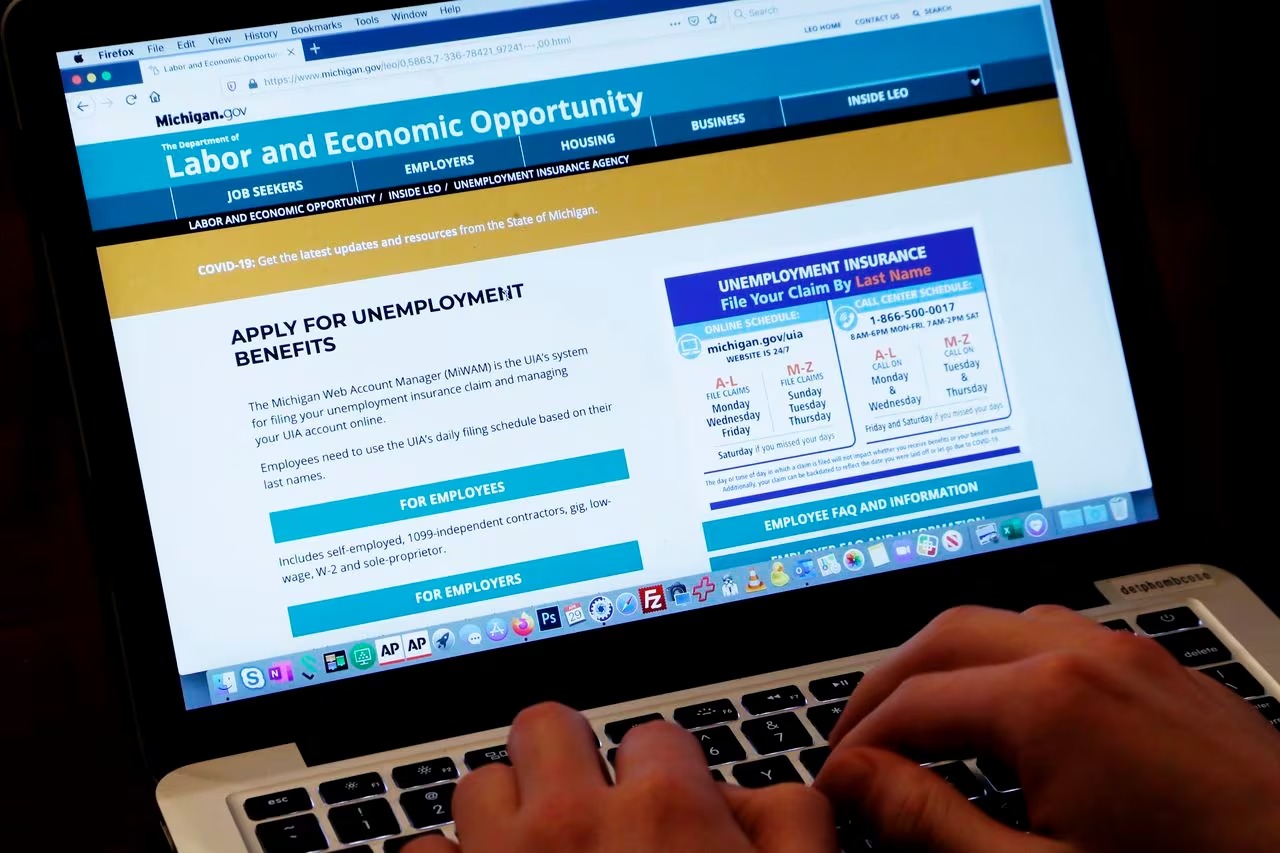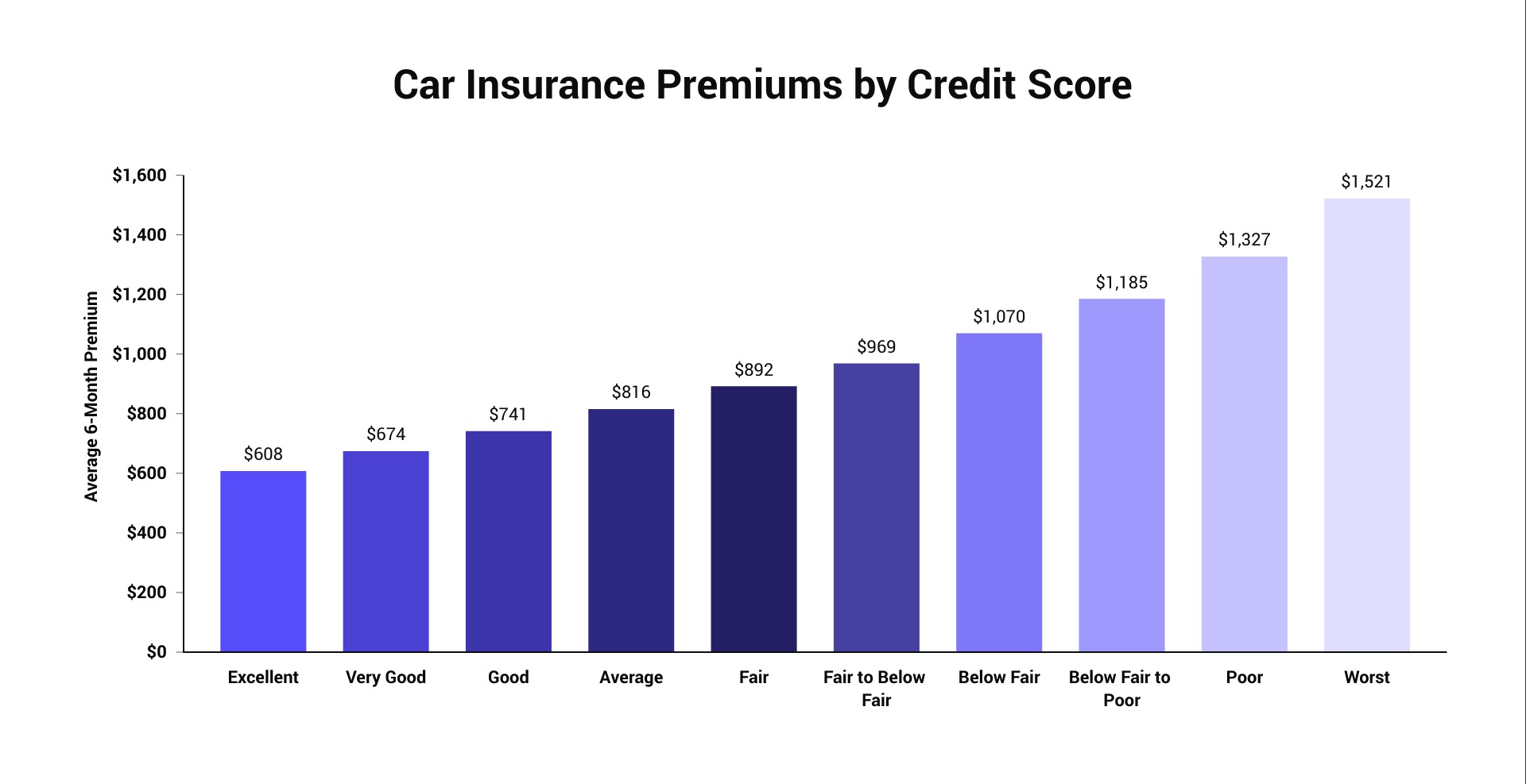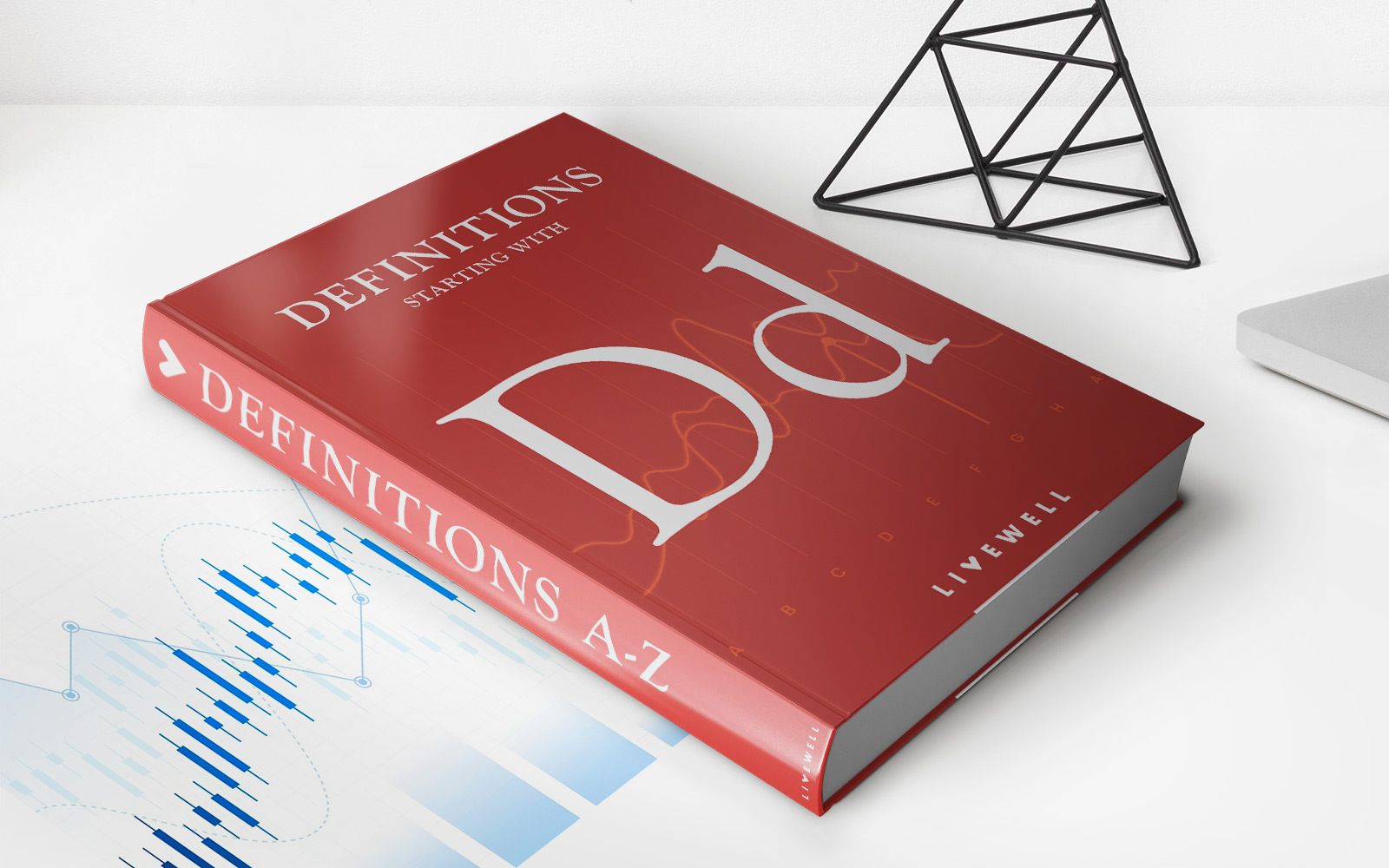Home>Finance>What Is The Minimum Payment Amount Per Month With The Maximum Ten-Year Repayment Schedule


Finance
What Is The Minimum Payment Amount Per Month With The Maximum Ten-Year Repayment Schedule
Published: February 26, 2024
Learn about the minimum monthly payment with a ten-year repayment schedule in finance. Understand how to manage your finances effectively.
(Many of the links in this article redirect to a specific reviewed product. Your purchase of these products through affiliate links helps to generate commission for LiveWell, at no extra cost. Learn more)
Table of Contents
Introduction
Navigating the complexities of student loan repayment can be a daunting task, especially when considering the various repayment schedules and minimum payment amounts. Among the options available, the ten-year repayment schedule stands out as a popular choice due to its balance between manageable monthly payments and a reasonable timeframe for complete repayment.
Understanding the nuances of the minimum payment amount within the context of a maximum ten-year repayment schedule is crucial for borrowers seeking to effectively manage their student loan obligations. By delving into the intricacies of this repayment plan, individuals can gain valuable insights into how the minimum payment amount is calculated and the factors that influence it. Additionally, exploring strategies for optimizing the management of minimum payments can empower borrowers to take control of their financial journey and work towards achieving long-term financial stability.
Throughout this article, we will unravel the intricacies of the maximum ten-year repayment schedule and delve into the calculation of the minimum payment amount. Moreover, we will examine the various factors that can impact the minimum payment, equipping borrowers with essential knowledge to make informed decisions. Lastly, we will explore effective strategies for managing the minimum payment amount, providing actionable tips to navigate the repayment process with confidence.
By shedding light on these critical aspects, this article aims to empower borrowers with the knowledge and strategies necessary to navigate the minimum payment amount within the context of a maximum ten-year repayment schedule. Whether you are currently enrolled in a repayment plan or contemplating your options, understanding the dynamics of minimum payments is essential for achieving financial well-being and peace of mind. Let’s embark on this insightful exploration of the minimum payment amount within the framework of a maximum ten-year repayment schedule, unlocking valuable insights and practical guidance for borrowers.
Understanding the Maximum Ten-Year Repayment Schedule
The maximum ten-year repayment schedule, also known as the standard repayment plan, offers borrowers a structured framework for repaying their student loans over a period of ten years. Under this plan, fixed monthly payments are calculated to ensure that the loan is fully repaid within the specified timeframe. This approach provides a clear pathway for borrowers to manage their debt while working towards financial freedom.
One of the key advantages of the maximum ten-year repayment schedule is the predictability it offers. With fixed monthly payments, borrowers can effectively budget for their loan obligations, integrating them into their overall financial planning. This stability can provide a sense of control and assurance, allowing individuals to align their repayment efforts with their long-term financial goals.
It’s important to note that while the ten-year repayment schedule offers a structured framework, borrowers may have the flexibility to adjust their repayment plan if needed. For example, individuals facing financial challenges may explore options such as income-driven repayment plans or loan consolidation to better align their payments with their current financial circumstances.
Furthermore, the maximum ten-year repayment schedule is designed to ensure that borrowers make consistent progress towards loan repayment. By adhering to this schedule, individuals can work towards becoming debt-free within a reasonable timeframe, freeing themselves from the burden of student loan obligations.
Overall, the maximum ten-year repayment schedule serves as a cornerstone for effective student loan management, providing a clear and structured approach to repayment. Understanding the dynamics of this repayment plan lays a solid foundation for borrowers to navigate the intricacies of minimum payment amounts and make informed decisions regarding their financial future.
Calculating the Minimum Payment Amount
When it comes to the maximum ten-year repayment schedule, the calculation of the minimum payment amount is a pivotal aspect that directly impacts borrowers’ financial obligations. The minimum payment amount is determined based on various factors, including the total loan balance, interest rate, and the repayment term of ten years.
To calculate the minimum payment amount, a straightforward formula is typically utilized. This formula considers the total loan balance and the interest rate to determine the fixed monthly payment required for complete repayment within the ten-year timeframe. The resulting amount represents the minimum payment that borrowers are obligated to make each month to stay on track with the repayment schedule.
It’s essential for borrowers to grasp the significance of the minimum payment amount, as it directly influences their financial commitments and budgeting considerations. By understanding the calculation process, individuals can gain clarity on how their monthly payments are determined and plan their finances accordingly.
Moreover, being aware of the minimum payment amount empowers borrowers to proactively manage their cash flow and make informed decisions regarding their financial priorities. Whether it involves optimizing the repayment strategy or aligning the minimum payment with other financial obligations, a thorough understanding of the calculation process is instrumental in navigating the complexities of student loan repayment.
By shedding light on the calculation of the minimum payment amount within the context of the maximum ten-year repayment schedule, borrowers can gain valuable insights into the financial dynamics at play. This knowledge serves as a cornerstone for informed decision-making and proactive management of student loan obligations, ultimately contributing to a more secure and stable financial future.
Factors Affecting the Minimum Payment Amount
Several key factors play a significant role in determining the minimum payment amount within the framework of a maximum ten-year repayment schedule. Understanding these factors is essential for borrowers seeking to comprehend the dynamics of their student loan obligations and make informed financial decisions.
- Total Loan Balance: The total amount of the loan directly influences the minimum payment amount. A higher loan balance typically results in a larger minimum payment, reflecting the extended financial commitment required for repayment.
- Interest Rate: The interest rate on the loan significantly impacts the minimum payment amount. Higher interest rates lead to larger monthly payments, as a greater portion of the payment goes towards interest rather than the principal balance.
- Repayment Term: The ten-year repayment schedule sets a specific timeframe for loan repayment. The duration of the repayment term directly affects the minimum payment amount, as it determines the monthly payment required to fully amortize the loan within the designated period.
- Loan Type: Different types of student loans, such as federal or private loans, may have varying terms and conditions that can influence the minimum payment amount. Federal loans, for instance, offer unique repayment options that can impact the calculation of minimum payments.
- Income-Driven Repayment Plans: For borrowers who opt for income-driven repayment plans, the minimum payment amount may be determined based on their income and family size. This approach can result in more manageable payments for individuals facing financial challenges.
By considering these factors, borrowers can gain a comprehensive understanding of the elements that contribute to the determination of the minimum payment amount. This knowledge empowers individuals to assess their financial situation, explore potential adjustments to their repayment plan, and make informed choices that align with their long-term financial well-being.
Ultimately, recognizing the impact of these factors on the minimum payment amount enables borrowers to navigate their student loan obligations with greater clarity and confidence. By proactively addressing these considerations, individuals can optimize their repayment strategy and work towards achieving financial stability and freedom from student loan debt.
Strategies for Managing the Minimum Payment Amount
Effectively managing the minimum payment amount within the context of a maximum ten-year repayment schedule is essential for borrowers striving to navigate their student loan obligations while maintaining financial stability. By implementing strategic approaches, individuals can optimize their repayment journey and work towards achieving long-term financial well-being.
Here are several actionable strategies for managing the minimum payment amount:
- Financial Planning and Budgeting: Developing a comprehensive financial plan and budget can empower borrowers to allocate resources effectively and prioritize their student loan payments. By carefully managing their finances, individuals can ensure that the minimum payment amount is consistently accounted for within their overall budget.
- Extra Payments: Making additional payments whenever possible can expedite the repayment process and reduce the total interest paid over the life of the loan. Even modest additional payments can have a substantial impact on accelerating debt payoff and lowering the overall cost of the loan.
- Automatic Payments: Enrolling in automatic payment programs offered by loan servicers can streamline the repayment process and potentially lead to interest rate reductions. Automatic payments help ensure that the minimum payment amount is consistently met, reducing the risk of missed or late payments.
- Loan Consolidation or Refinancing: Exploring options for loan consolidation or refinancing can provide opportunities to adjust the minimum payment amount and potentially secure more favorable loan terms. This strategy may help borrowers better align their payments with their financial capabilities.
- Income-Driven Repayment Plans: For individuals facing financial challenges, income-driven repayment plans offer a viable solution by adjusting the minimum payment amount based on income and family size. This approach can provide relief for borrowers experiencing financial hardship.
- Seeking Professional Guidance: Consulting with financial advisors or student loan counselors can offer valuable insights and personalized guidance for managing student loan payments. These professionals can provide tailored strategies and resources to help borrowers navigate their repayment journey effectively.
By leveraging these strategies, borrowers can proactively manage the minimum payment amount and optimize their approach to student loan repayment. Implementing these tactics empowers individuals to take control of their financial future, reduce the burden of student loan debt, and work towards achieving greater financial freedom.
Ultimately, by adopting a proactive and strategic approach to managing the minimum payment amount, borrowers can navigate their student loan obligations with confidence and pave the way for long-term financial success.
Conclusion
As we conclude our exploration of the minimum payment amount within the context of a maximum ten-year repayment schedule, it becomes evident that a comprehensive understanding of student loan repayment dynamics is crucial for borrowers seeking financial stability and long-term success. The maximum ten-year repayment schedule offers a structured framework that balances manageable monthly payments with a reasonable timeframe for complete loan repayment, providing borrowers with a clear pathway towards financial freedom.
Throughout this journey, we’ve delved into the intricacies of calculating the minimum payment amount, recognizing the various factors that influence this crucial aspect of student loan repayment, and exploring actionable strategies for managing minimum payments effectively. By shedding light on these critical elements, borrowers are empowered to make informed decisions, optimize their repayment strategy, and navigate their student loan obligations with confidence.
It’s essential for individuals to proactively engage with their student loan repayment, leveraging financial planning, budgeting, and strategic approaches to manage the minimum payment amount. By prioritizing their financial well-being and exploring available options such as extra payments, automatic payment programs, and income-driven repayment plans, borrowers can take control of their financial future and work towards achieving freedom from student loan debt.
Ultimately, a proactive and informed approach to managing the minimum payment amount within the maximum ten-year repayment schedule sets the stage for long-term financial success. By implementing these strategies and understanding the intricacies of student loan repayment, borrowers can pave the way for a more secure and stable financial future, free from the burden of student loan obligations.
As individuals embark on their journey towards financial freedom, it’s crucial to stay informed, seek guidance when needed, and remain proactive in managing student loan obligations. By doing so, borrowers can navigate the complexities of the minimum payment amount with confidence, resilience, and a clear vision for long-term financial well-being.
With the knowledge and strategies gained from this exploration, borrowers are empowered to take charge of their financial destiny, optimize their student loan repayment, and work towards achieving a future defined by financial stability and freedom from student loan debt.














